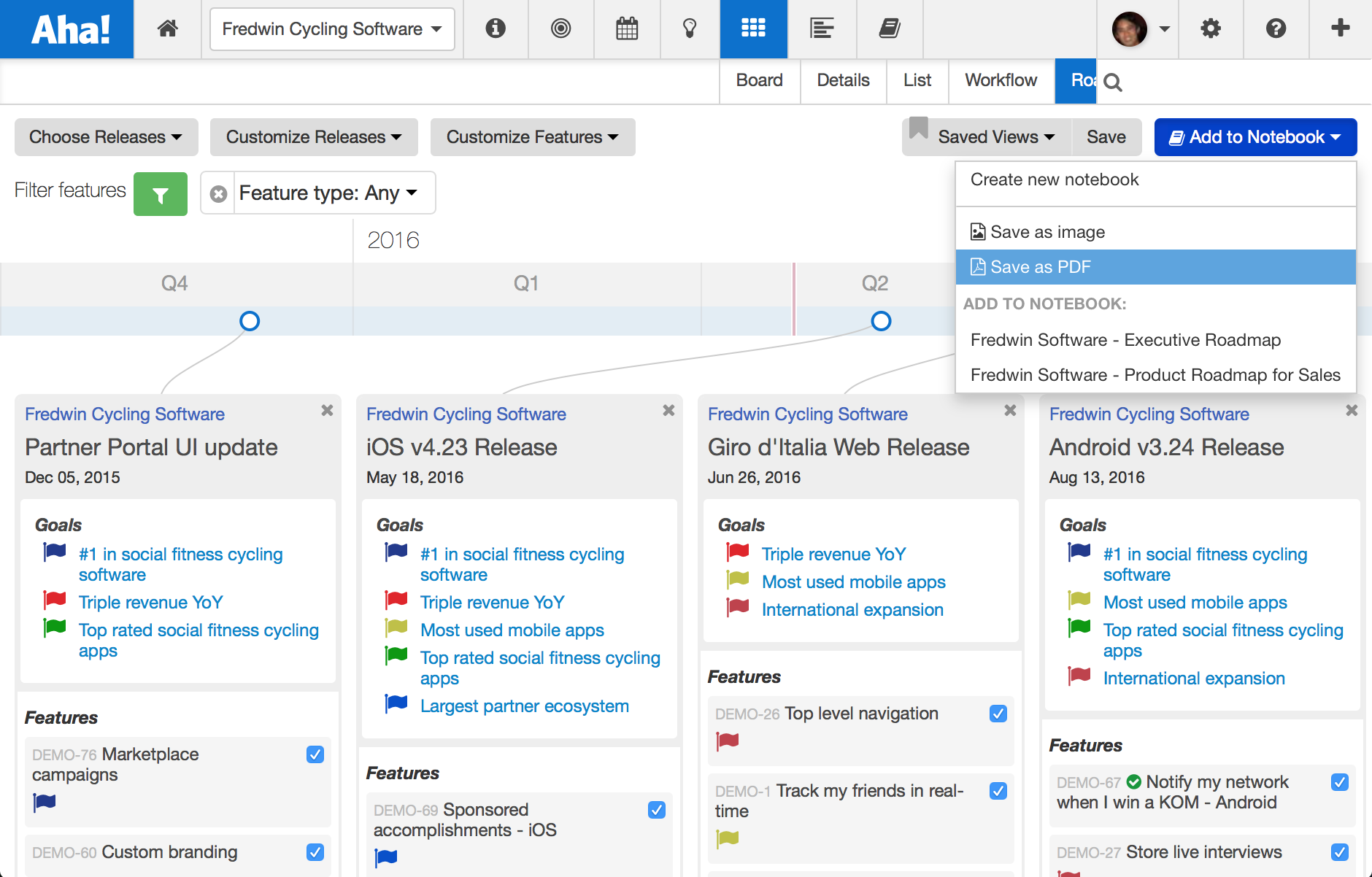
3 Essential Principles of Agile Product Planning
Agile product management has never been more popular — or more misunderstood, it seems. A common opinion I hear often is that planning plays a very small role within an Agile methodology.
But being Agile is much more than being reactive to change. Its essence involves being proactive — having a plan, while being flexible enough to change that plan when necessary.
And successful teams know that when done properly, planning and structure does have a place in an Agile environment. So, if you want to be Agile and have a plan, where do you start?
There are a few principles that you can follow no matter which Agile process you are using. Here are three of them:
Prioritization Because iteration cycles are short in Agile, prioritization is necessary to put things in perspective and keep the team’s focus on what is most important. The process of prioritization translates into deciding which tasks to solve first when developing new features, improving old ones, or just changing your product. This helps allocate resources where they have the biggest impact, while mitigating risks at the same time.
It helps to have a framework for making decisions on which features to prioritize. One method is priority poker, a gamification exercise which involves the whole team in the decision-making process and establishes a common scale of expressing opinions. The value given to elements is more relevant than time estimations, which are based more on guesstimations.
Keep in mind that when prioritizing, simplicity is often a better solution than overcrowding your product. Too many options might drive users away.
Focusing on business value Business value is highly connected to prioritization. Its core purpose is to improve your product planning decisions. Remember that business value reflects your product’s benefit for the customer and the business. Only the combination of both elements gives you true business value.
When determining business value, you should start by looking for the “low effort, high impact” options.
You can look at how certain changes will impact your revenue, but also whether users prefer one feature over the other. Some tasks might be more time critical than others, and not fulfilling them on time might lead to a negative impact. Objectively scoring items on an effort-impact scale can help you plan which features to build.
Communication Communication is often the weak link inside a product team, and a common complaint among team members. Discussions between the development team or stakeholders are often a major source of frustration. But communication with your end user or customer is an overlooked, fruitful way to gain helpful insights.
There should be a continuously open channel for communication in that direction since most of the time, customers will not contact you unless they have a big problem. This can be done via early customer feedback and realized by rapid prototyping, A/B testing, and continuous delivery.
Although many people recognize the importance of this continuing dialogue with users, they often shy away from it. That is just human nature.
To promote this dialogue, integrate feedback loops into your company culture and processes. Communicate often, to the point of over-communicating. Set aside time slots for customer discovery interviews. Don’t try to do everything at once; break it into small chunks instead. To make a habit out of communicating, put it in your calendar.
Creating successful products is often not only about the product itself, but also everything that surrounds it and is part of the product process.
Remember: nothing is set in stone. Even the principles by which you work can be submitted to the same process of analysis and change as the product itself.
This is a guest post by Iulia Porneala. If you are looking to be a great product manager or owner, create brilliant strategy, and build visual product roadmaps — start a free trial of Aha!
Iulia Porneala started her career as a software developer, but sensed that she was missing out on something important. When she discovered Product Management, she realized it is the perfect mix of technology, business, and user experience that she was looking for. The next four years were spent at CyberGhost working as Head of Product Management. Now she is organizing Product Management Festival, a yearly product management conference that takes place in Zurich.
Follow her on Twitter at @iuliamp


